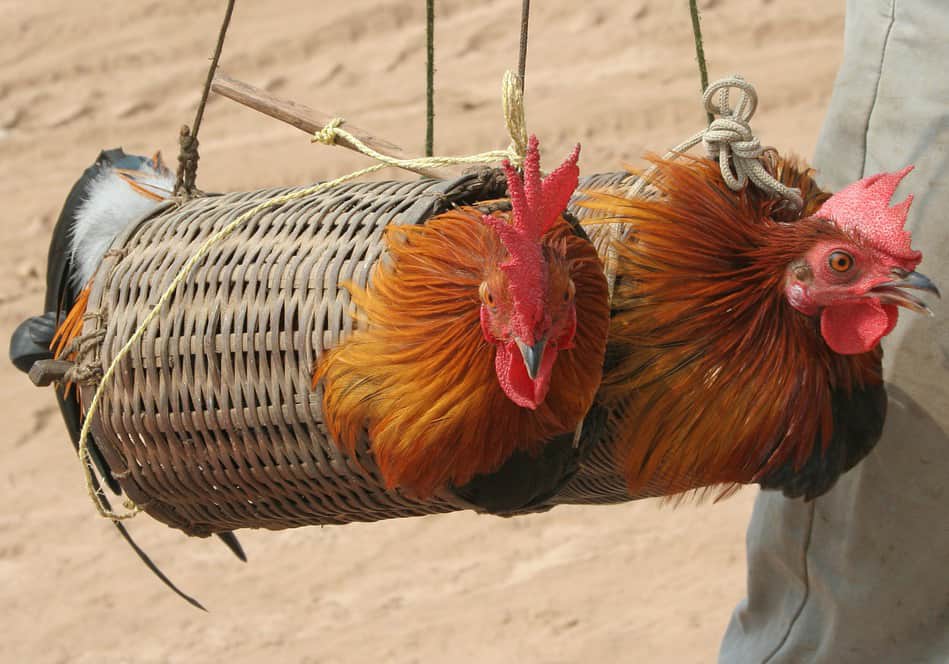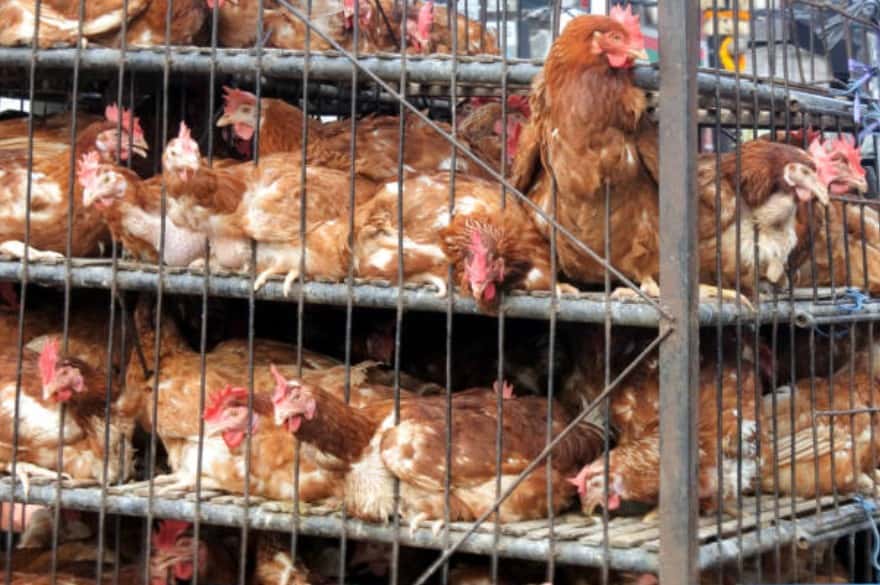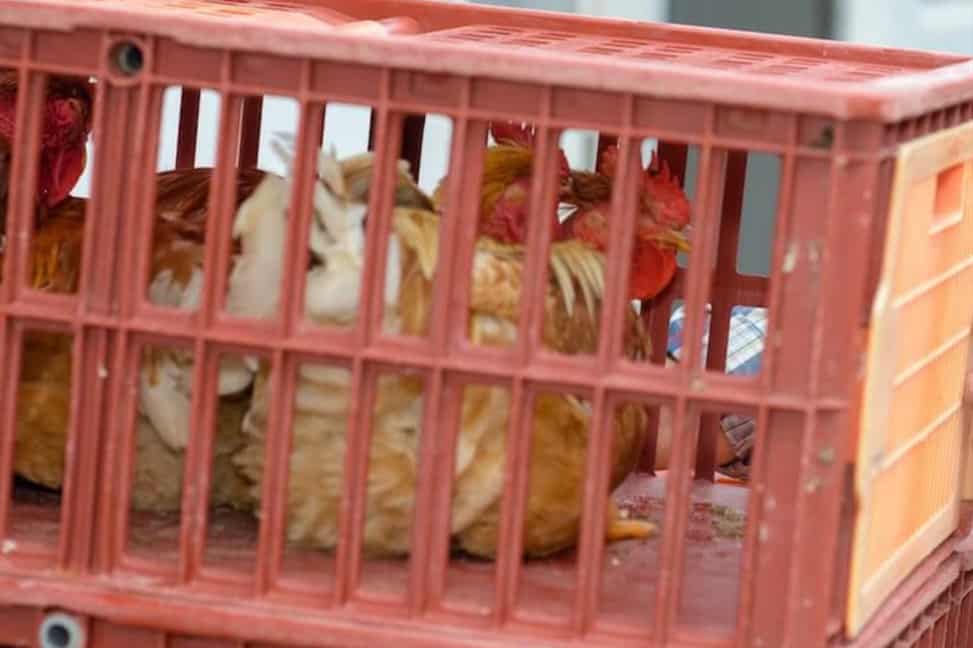Taking care of chickens is a gratifying endeavor. However, things can get complicated when you’re moving to a new home with your flock. These birds can get stressed when they’re not ready for relocation. Fortunately, you can read more information on how to transport chickens from this article. It will guide you on what to do before, during, and after the move.
What to Do Before the Move

Nothing beats careful preparation when relocating. The secret to a smoother move is to provide extra care before your target moving date. Pulling the chickens out abruptly from their home can affect their well-being. It can also make the transition harder than it should be.
Poultry Stress Due to Transportation
It’s essential to understand that transportation is a primary cause of stress in poultry. Chickens can be fussy and sensitive – characteristics that can exacerbate their anxiety. This condition can affect your pet’s overall health and may incur higher care costs. It can even lead to death. Some of the notable signs that your chickens are stressed are the following:
- Heightened susceptibility to disease
- Compromised immune system
- Weight loss
- Decrease in egg production
How to Eliminate Transportation Stress Through Preparation

Chickens become stressed when disturbed or shaken. Bright lights, open spaces, and loud noises can also agitate them. However, you can avoid these stressors by preparing them beforehand. The following are ways to help your chicken before the big move.
● Boost their Immunity
Chickens can get sick quickly when they’re stressed. So it’s best to boost their immunity before relocating. One natural practice is to incorporate fresh, minced garlic into their feed. Garlic has loads of antioxidants and antibiotic properties that can benefit your flock. You may add one minced garlic clove to one quart of their drinking water.
Another tip would be to offer them fermented chicken feed. If fermenting the chicken’s food isn’t an option, it’s best to give poultry probiotics. They can enhance the bird’s intestinal flora and boost its immunity. Lastly, add electrolytes or vitamin supplements to their diet to make them healthier and more robust.
● Choose Suitable Transportation
As mentioned earlier, chickens hate turbulence and loud sounds. So, choosing a suitable vehicle to transport them is crucial to their well-being. You must ensure that your feathered friends are safe and comfortable. A well-ventilated and temperature-controlled vehicle would be the best option. Some owners use their cars to transport their flock. In contrast, others rent a smaller truck exclusively for their chickens.
Here’s a helpful video that can walk you through the moving preparations.
What to Prepare Before Transporting Your Chickens
There are several considerations before you can transport your chickens. They include containment options, calming solutions, and food and water for the trip. It is advisable to have these ready a few days before the move.
The Right Containment Solution
You can either buy, borrow, or devise a container for your chickens. Your choice will depend on the chickens’ size and how often you’ll need to transport them. Here are some containment options suitable for poultry.
● Chicken crate
This option is best when you need to relocate many chickens at once. They fit well on lorries or vans but will take up too much space on cars.
● Cardboard boxes
Choose double-walled boxes since they are durable and sturdy. Then, poke some holes with a ½-inch diameter. Make sure there is enough ventilation. Otherwise, your chickens may overheat.
● Dog carrier
Your chickens can also use your furry friend’s carrier. It is a good option, especially when you already have one. It can hold four to six medium-sized hens. Please cover the three sides and the top to make your chickens feel secure and calm.
● Cat carrier
This container may be smaller than the dog carrier, but it can still be suitable for your chickens. It can house three to four bantams. The carrier can also house two to three hens.
● DIY crates
Plastic or wooden crates, like those seen at grocery stores, can also be repurposed as makeshift poultry carriers. Put two containers together to form one big compartment. Secure it with a zip tie and wrap a sturdy rope around it.
This video shows how to place your chickens in a crate properly.
Providing Calming Essentials
Chickens can get distressed at movement and loud noises. However, these stimuli are part of the moving process. To help calm their nerves, you can prepare bundles of fresh herbs. Gather a few sprigs of rosemary, thyme, lavender, lemon balm, and chamomile. Tie them up neatly and hang them on your chosen container. These calming essentials can also serve as treats and can repel flies.
Offering Hydrating Treats
Most chickens won’t have the appetite during travel- and that’s perfectly fine. However, you must provide them with clean water and some hydrating treats. Prepare some cabbage leaves, cucumber slices, and watermelon slices to keep your flock refreshed and hydrated.
What to Do While Transporting the Chickens

So, the day you’ve been preparing for has finally arrived. It’s time to hit the road. You don’t have to worry if you’ve prepared for the relocation. However, you must ensure your pets are doing well in transit.
Avoid busy roads
Your flock will appreciate peaceful and smooth drives. They’d experience less stress when the environment is as quiet as possible. It’s best to avoid routes known for construction activities, loud traffic, and uneven roads.
Relocate at night
Chickens are likely to feel more relaxed and dormant at night. A good suggestion is to travel during the evenings, if possible. The roads also tend to be less busy at night, so there’s less noise and traffic. A night-time drive also means you won’t have to stop for meals until daylight.
However, if you have to drive in the morning, cover the carrier’s roof. Your flock will feel more comfortable in a cold, dark environment.
Take shorter stops
It will help if your chickens spend the least time in the vehicle. Try to lessen stopovers or avoid them altogether, if possible. Quick stops for gas or bathroom breaks are fine. However, leisurely lunches or some shopping would make your chickens stay longer in the car or truck than necessary. It’s best to pack some sandwiches and other snacks so you won’t have to stop for food.
During the stopover, check on your flock to see how they’re doing. Replenish your pets’ water and provide some snacks such as dried grubs. You may also give dried mealworms, sunflower seeds, or some veggies to keep them busy. Take the opportunity to adjust the coverings and clean any messes.
Another tip would be to buy ice at the gas station. Place them on a pail beside the carrier. The condensation can keep the atmosphere colder, making your chickens feel less hot. This tip is beneficial during the summer months.
Watch out for signs of distress
Flapping wings or unusual squawking can mean that your chickens are distressed. Be on the lookout for these sounds when you’re on the road. If you hear them, try to find a safe place to stop to check on your birds.
More Tips on Transporting Your Chickens

We’ve gathered more tips from poultry raisers with experience transporting their chickens. These hacks can help you relocate your chickens safely.
1. Create a cozy environment
Your chickens will be less stressed when they feel safe and comfortable. It’s best to make their temporary home as delightful as possible. The first thing you can do is add some hay to the crate’s flooring. It can provide them with some entertainment because they love to scratch through them. It’s best to use the ones from their coop to give them something familiar and comforting.
2. Isolate aggressive chickens
As pet owners, you know them best. If you have an aggressive flock member, it will help if it is alone in its crate. You would not want any fights to break out during the trip. A bossy and hot-headed chicken can stress out the others, so it’s best to isolate it.
3. Use a buddy system.
Team up chickens who are friendly to one another. Please place them in one crate so the trip would be pleasant for them. You must figure out first how many chickens can comfortably stay in one container. Then, create a comfortable environment for the travel buddies.
4. Insulate the flooring.
Chickens are sensitive to vibrations and loud sounds. A layer of blankets or towels beneath the crates would stifle any noises. Also, ensure their containers fit snugly between other boxes. This position will prevent the bins from moving around or toppling over.
5. Check state regulations
If you’re moving the chickens to another state, it’s best to check their regulations about crossing state lines with poultry in tow. You may be required to secure an NPIP certification. Although sometimes, a veterinary certificate would suffice.
6. Prepare their new home
Don’t expect the chickens to be up and about when you arrive. So, allow them to adjust to their new environment. It will help if there is a secure place where they can sleep and gather. If you still haven’t set up their coop, let them stay in their crates. Please ensure you clean their temporary homes regularly.
This chicken owner shares her experience of moving with her chickens.
Conclusion
Relocating can stress out both humans and chickens. These tips on how to transport chickens can help you make your trip as comfortable as possible. The key is to provide ample ventilation and keep your flock hydrated.

Joseph Hudson has been raising chickens for over 15 years. In 2018, he completed the Agriculture & Natural Resources program at Mt. San Antonio College. He currently raises over 1400 chickens on his 7.5-hectare farm. He keeps sharing his experience on raising healthy and happy chickens on Chicken Scratch The Foundry.







